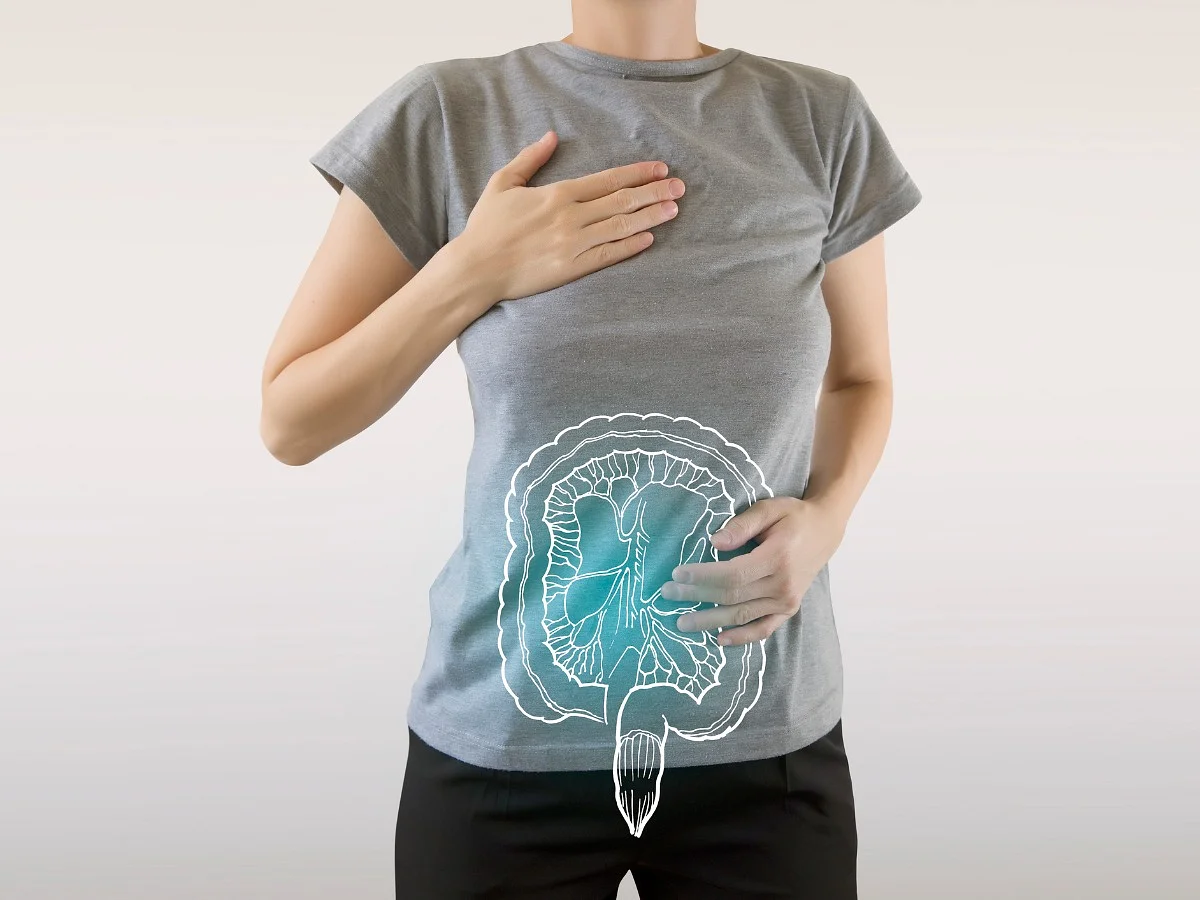

Celiac Disease & Bladder Control – How Are They Connected?
Can celiac disease cause incontinence?
Celiac Disease Awareness month is celebrated each May to increase the public’s awareness about this disorder, a chronic autoimmune disorder that damages the small intestine. When people with celiac disease eat gluten, their immune systems attack the inner lining of the small intestine. Gluten is a common protein that comes from wheat, rye, and barley. It acts like a binder, holding food together and adding a chewy texture to bread when it is baked. The signs and symptoms of celiac disease typically include bloating, abdominal pain, diarrhea, constipation, and weight loss. Unlike food allergies, celiac disease is genetic, meaning that it can be passed down from parents to their children. Furthermore, celiac disease can develop at any age after people start eating foods or medicines that contain gluten.
Celiac disease and incontinence
Diarrhea is one of the first symptoms that many people experience with celiac disease. As a result, some people develop bowel leakage when the rectum is unable to hold onto the loose, watery stools. In a recent study, 34% of people who experienced fecal incontinence in the preceding week had been diagnosed with celiac disease (1). Many people are surprised to learn that celiac disease can affect the bladder and lead to urinary incontinence even though it is a digestive disorder. This is because celiac disease is associated with interstitial cystitis, a painful bladder condition that affects the lining of your bladder. Avoiding gluten may also ease urinary symptoms of frequency, urgency, bladder spasms, and leakage.
Managing celiac disease
The only treatment for celiac disease is to follow a gluten-free diet and avoid all foods that contain any amount of gluten. Unfortunately, eating even small amounts of gluten like a few bread crumbs can trigger damage to the small intestine. Completely eliminating gluten from your diet can be challenging because it is found in most breads, baked goods, cereals, pastas, and baking mixes. Gluten can also be hidden in many other products including:
- Pretzels, crackers, granola bars, and cookies
- Sauces, salad dressings, gravies and marinades
- Processed meats, including sausage and meatballs
- Licorice, Kit Kats, and Twix candies
Do not hesitate to reach out to a registered dietician to help you identify foods and beverages that contain gluten when you shop, prepare foods at home, and eat out.
Final thoughts
Both fecal and urinary incontinence can be attributed to celiac disease, and following a completely gluten-free diet can help keep symptoms at bay. If incontinence remains a problem after eliminating gluten, protective underwear and pads might be a good idea. For chronic incontinence problems, a SaniSnooze™ mattress cover is an ideal solution for children and adults of all ages. It completely protects the mattress to ensure maximum comfort and therapeutic sleep. SaniSnooze™ is the most convenient, cost-effective solution for incontinence, allowing users and caregivers to rest easily. Additional incontinence supplies are also available, including protective underwear and pads.
**The information on this site is not intended or implied to be a substitute for professional medical advice. If you are having a severe and sudden change in physical or mental health, please call 911, contact a local emergency facility or consult with your doctor. Always seek the advice of your physician or other qualified healthcare provider, and never disregard the advice given because of information you have received from our website.**
Reference
- Johns Hopkins Medicine. (2022). Celiac disease. Retrieved from https://www.hopkinsmedicine.org/health/conditions-and-diseases/celiac-disease
Our mission at SaniSnooze™ is to get you back to sleep faster. SaniSnooze™ will keep your mattress core clean and dry all night long.



